Iñaki Echeverria’s office is stationed in a 2-story tropical timber structure overlooking the vast 55-square-mile wetland on the northeastern edge of Mexico City, where he has devoted the last 15 years of his career to developing the Lake Texcoco Ecological Park. At dawn, the view across Nabor Carrillo Lake stretches all the way to the mountains on the horizon—Mount Tláloc, traditional home of the rain gods, and beside it, the once-snowcapped Iztaccíhuatl. For Echeverria, trained at the National Autonomous University of Mexico’s (UNAM) architecture school and in Columbia University GSAPP’s urban design program in the 1990s, the whole project is an immense scientific experiment testing what he and Richard Plunz described in a 2001 article for Praxis magazine as using a “gardener’s logic” to strategically replenish a once-desiccated lake.
Since then, Echeverria has further developed ideas for the wetland as a practicing architect and professor at UNAM, which led to a 2010 commission from the government of Felipe Calderón. But the project was subsequently called off, and a small kitschy “ecological” park with streets named after Mexican presidents was constructed. Then, soon after taking office in 2018, President Andrés Manuel López Obrador declared the area the Lake Texcoco Ecological Park by decree, appointing Echeverria to direct it and canceling the completion of an international airport designed by Norman Foster. “When he invited me, he said he wasn’t interested in me delivering a design but rather making it happen,” Echeverria, speaking of López Obrador, told me in front of his apartment in Polanco as we set out on a four-hour tour of the vast territory. “The offer was to become a full-time employee of the government, to be the general director.”
The airport cancelation was a controversial decision. It was already 10 to 15 percent complete, the terminal under construction and extensive tracts of land drained and prepared with layers of volcanic rock trucked in to stabilize the ground. Still, it would have needed to be continually drained, and it suffered from subsidence, constantly sinking and requiring reconstruction. López Obrador was rejecting the economic development regime that had initiated it and appealing to neighboring communities that saw the land as their own: poor, rural, agricultural towns whose livelihoods were threatened by the airport.
Summertime is the season of monsoons in Mexico City. In the spring, verdant foliage blooms everywhere: Purple flowers of jacarandas and long-stemmed fan palms grow from sidewalk tree beds, agaves and corn plants overflow from balconies, and monsteras and peace lilies fill lush courtyards and rooftop gardens. But with relatively little soft ground in Mexico City to absorb torrential downpours, the arrival of summer brings nearly daily reports of neighborhoods inundated, streets transformed into rivers, jets of water spouting from elevated highways, streams flowing down atria of metro stations, dormant pools standing atop low-lying areas.
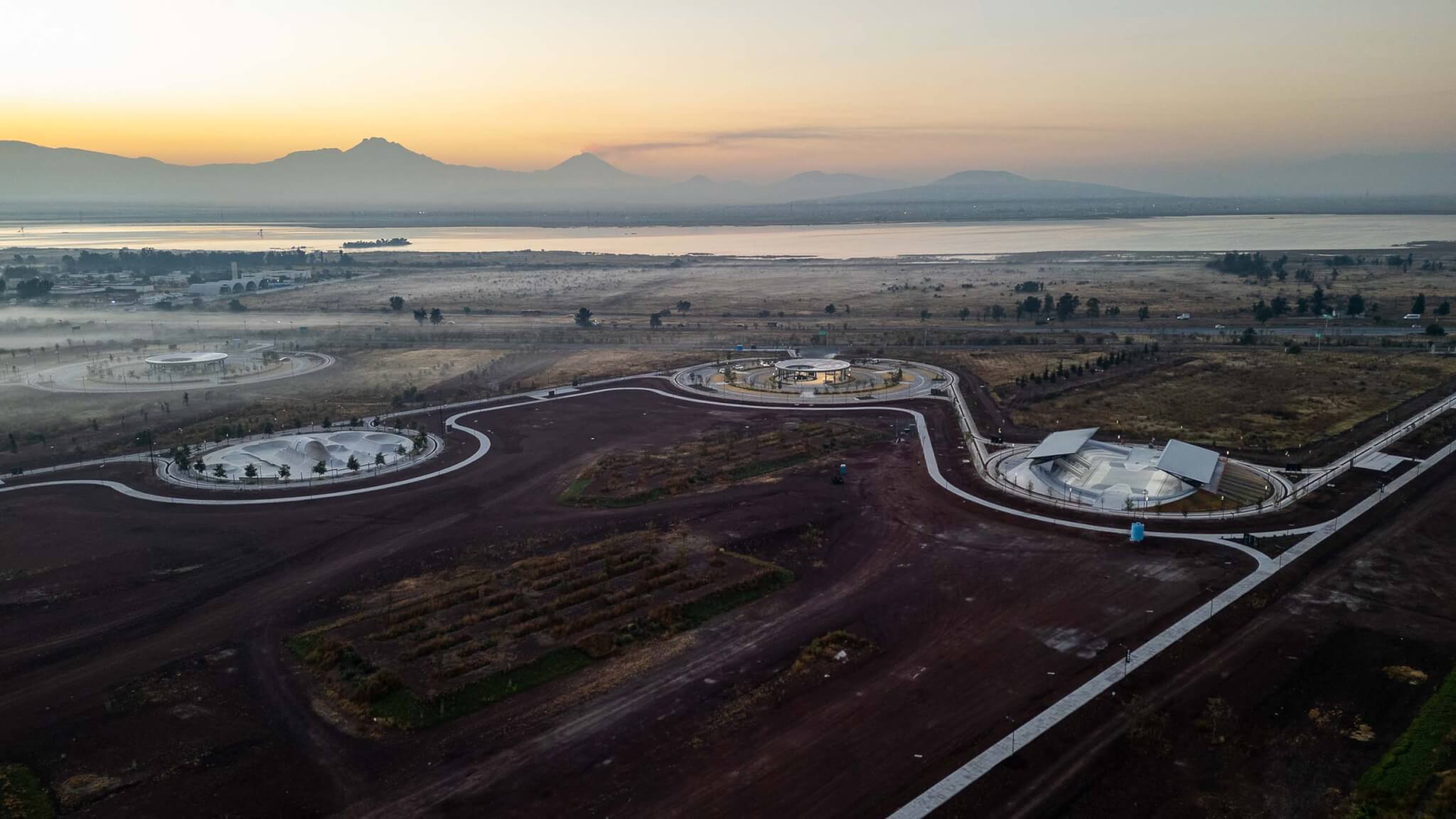
This is not what people in the U.S. think of when we think of Mexico. Far south of Texas, Florida, and Southern California, it is, in our imagination, intolerably hot and arid, like those barren stretches of the Sonoran Desert along the southern border. In reality, all of Mexico City is at once elevated and low-lying. Situated in a mountain valley that produces a cooler, more temperate climate, the Aztec city then known as Tenochtitlan expanded after the 1521 Spanish conquest on a terrain of massive swampland. Popular tourist destinations like Xochimilco recall the centuries-old legacy of the chinampas—artificial islands on top of tree trunks—where visitors rent colorful trajinera boats to navigate through the canals. At the time of the arrival of Cortés, the chinampas supplied food to nearly 1 million people, surpassing the population of most cities in the world to this day. The first English colony on the North Atlantic coast was established 95 years later.
An Artificial Lake as Urban Infrastructure
At the center of Lake Texcoco is a 3.5-square-mile artificial lake, originally created by pumping subsurface water aboveground, designed by Mexican engineer Nabor Carrillo. Begun many years after Carrillo’s death, the first phase was completed in 1985. “One thing I have been interested in for a long time was to bring design to the realm of infrastructure and infrastructure to the realm of the public,” Echeverria explained, peering over the expansive lake. “This thing is infrastructure. It’s an artificial lake. It’s a space where you really can understand what it means to recover this area.”
By the time of Echeverria and Plunz’s 2001 Praxis intervention, the discussion in professional circles revolved around the Lakeside City, an ecological restoration proposal by architects Teodoro González de León and Alberto Kalach that would have expanded the artificial lake on an astronomical scale, equivalent to 15 percent of present-day Mexico City. The impacts on farmland in the valley to the north, which relied on drainage from the city, were potentially severe. Echeverria and Plunz reacted to this totalizing vision with an alternative arguing for the area’s gradual replenishment as a varied ecological zone. Using a flexible strategy whose goals would be evaluated, tested, and adjusted as changes were observed over time, they described their methodology as responsive to a terrain that was inherently subject to change.
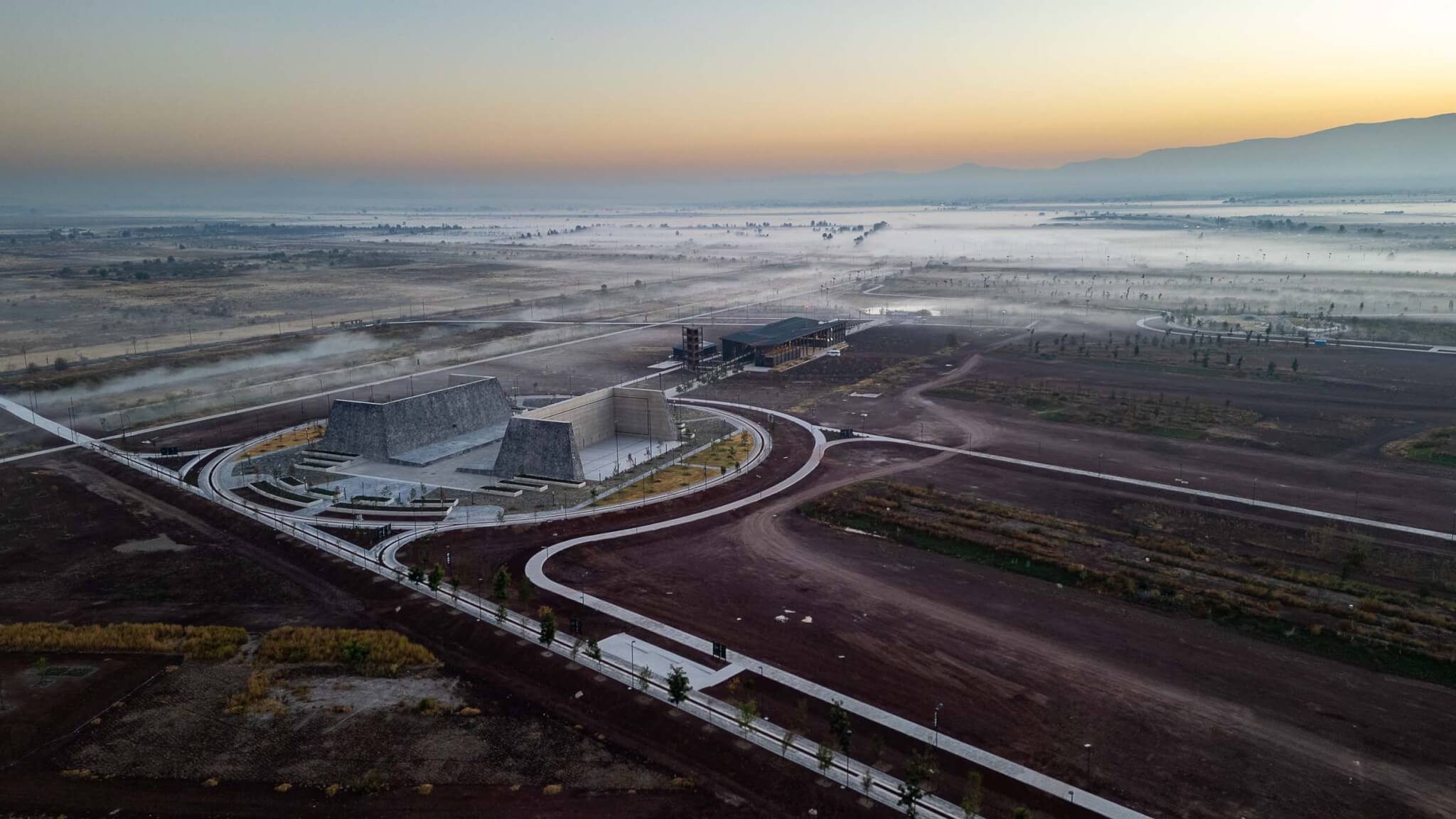
“I turned to landscape through urban design, because after Columbia, I realized that this idea of what a city is doesn’t really work here,” Echeverria said as we walked through a nursery of saltwater-tolerant grasses. “I was looking for alternatives for my conceptual toolbox that would help me approach a completely different idea of what a city is. I needed something much more flexible, capable of dealing with uncertainty and change over time, and something that would be much more about process than image. Somehow, gardening became the metaphor for me about that.”
The strategy worked: Over the last seven years, the dry, despoiled land has become progressively resaturated. Native saltwater-tolerant grasses fostered in raised-bed gardens were replanted to initiate a process of succession. Deliberate seeding of diverse saltwater-resistant species added biological complexity. Some nonnative plants like ragweed, tamarix, papelillo—a member of the frankincense family—sprung up without prompting, carried in by imported soils; others were planted during a 1970s program to prevent dust storms from forming on the desiccated land. Wildlife took over. Hundreds of bird species flocked to the area as a stopping place in their seasonal trips across the Americas. During monsoon seasons, the entire area becomes inundated, returning to a temporary lake condition. Saltwater drawn to the surface from underground aquifers overwhelms some existing plants, spurring the salt-tolerant species to surge forward.
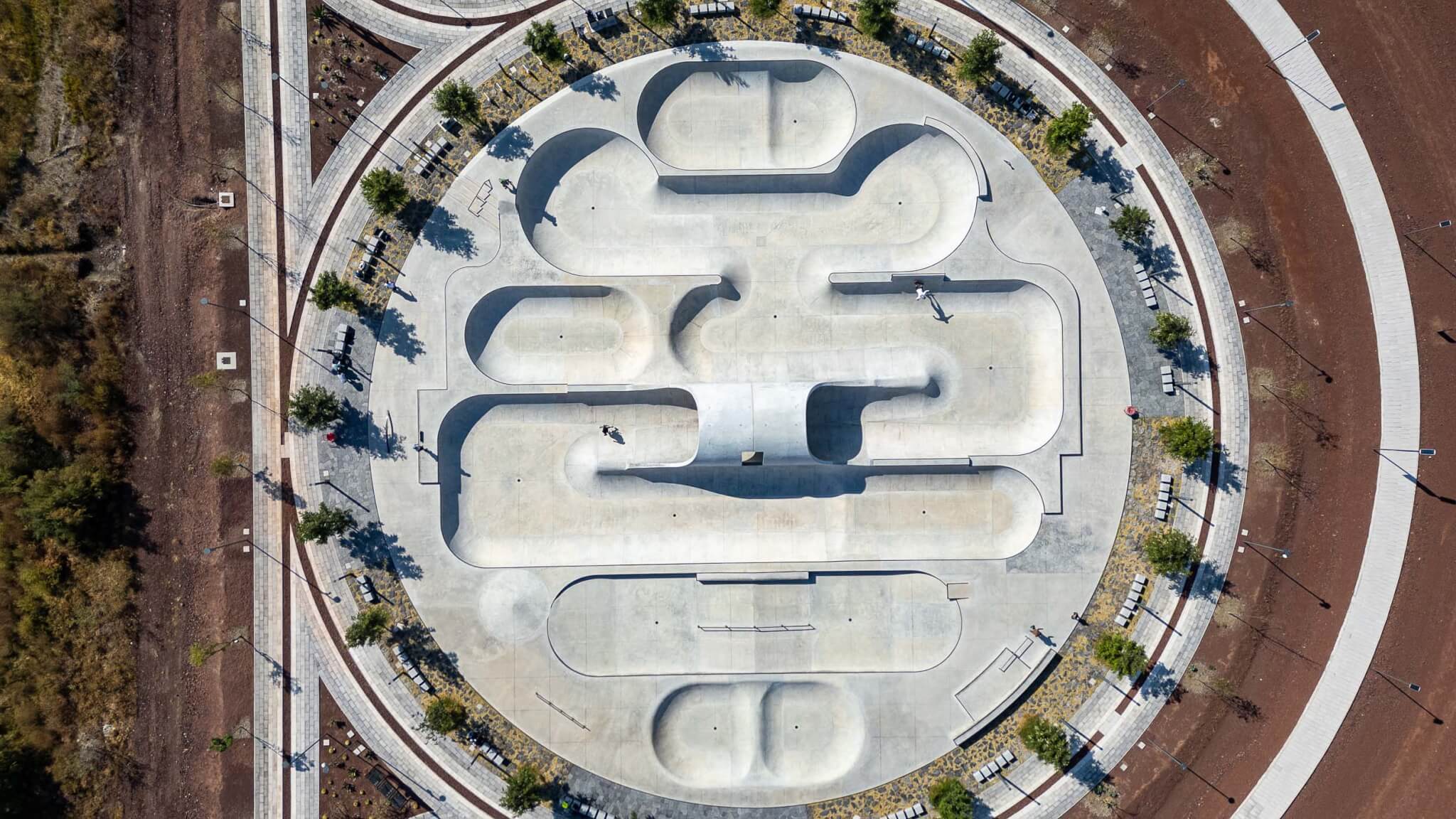
“Part of the effectiveness of the narrative that the government constructed to build the airport here was absolutely based on lies and misconceptions and misguided public opinion saying that there’s nothing here,” said Echeverria. “First of all, for us in Mexico, we’re not used to fields being nature. For us, a park is Chapultepec. It has to have some big trees, and we’re used to mountains.”
Among the tools Echeverria imagined would preserve Lake Texcoco Ecological Park’s legacy were public facilities offering residents access to the landscape and promoting ecological awareness. His office is located within one of a handful of new buildings constructed in the last five years to promote public access, designed in a modern idiom and aiming for high ecological standards. Most of them employ local tropical hardwoods like sapodilla and chechen—charred on the surface using the Japanese shou sugi ban method—to limit weight, protect against saltwater damage, and improve resilience.
The buildings and other infrastructure include a small museum dedicated to the site’s ecological history, a culinary institute and restaurant, a plant nursery and biological research facility, public recreation areas, free bikes for exploring the grounds, and sports facilities, including skateboarding ramps and baseball, soccer, and American football fields. Twenty-four raised viewing platforms and shade structures with restrooms and picnic tables are scattered throughout the territory. Paved roads built for the airport were kept as service and public access roads. Ultimately, the protected natural zone represents 11 percent of the built-up metropolitan area of Mexico City. Two years ago, UNESCO designated the project an ecohydrological demonstration site.
A Transcendental Chain of Events
During the last seven years, Echeverria’s conception of the place has evolved. After many conversations with neighboring communities, he stopped describing it as an urban park. He came to understand Lake Texcoco as belonging to an intermediate zone between farming communities and the city, control of its public use necessary to protect its biological diversity and prevent its absorption into the megacity. And a certain amount of drainage had to be maintained to support upland farming communities.
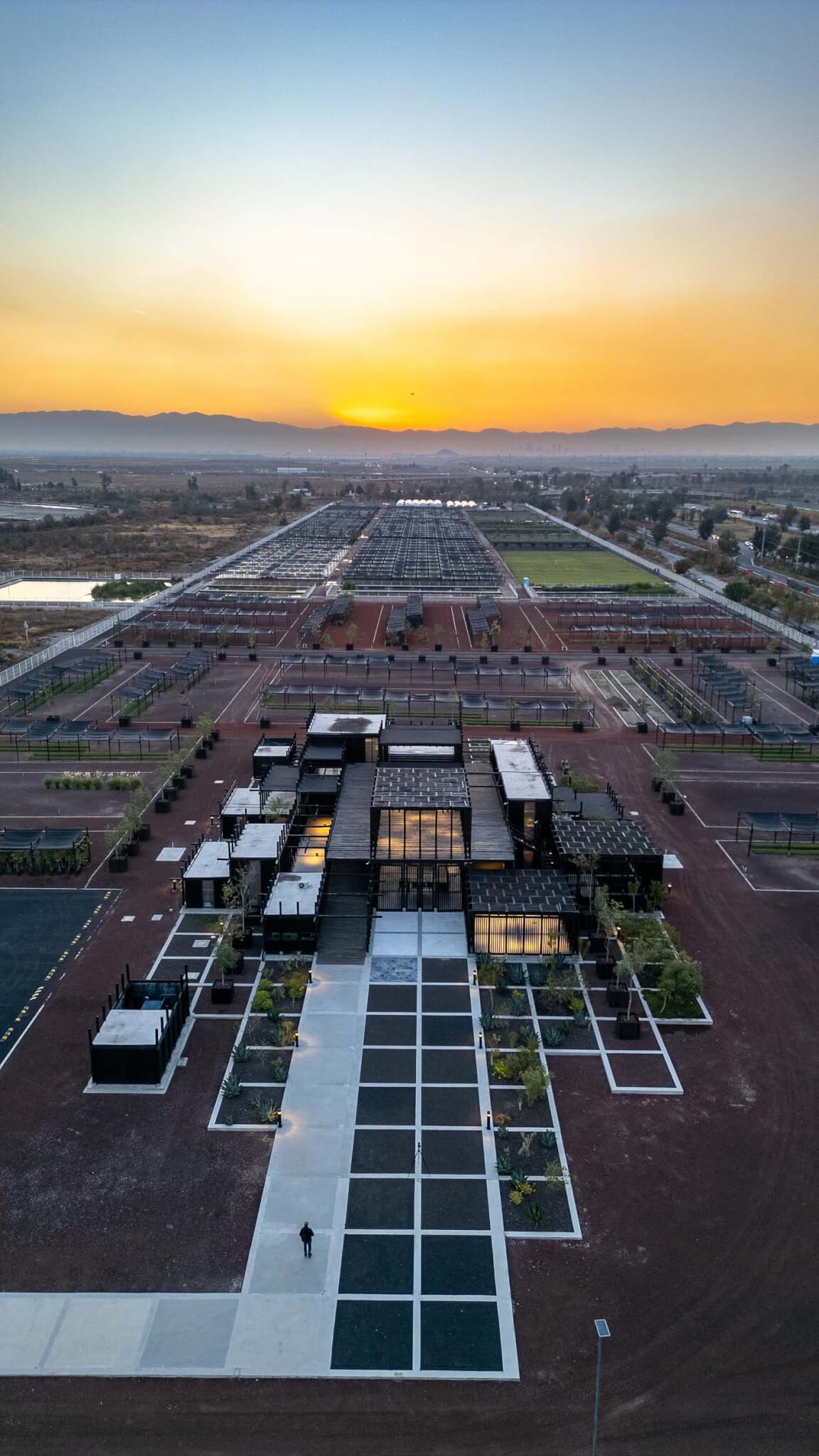
“The most important thing that happened is that President López Obrador stopped the airport and made the decree to protect the area,” Echeverria said, as he showed me an exhibit on the history of the region’s development in the visitor’s museum. “Otherwise, what would happen is this area that hasn’t been urbanized yet, if it was an airport, would absolutely become urbanized. The most transcendental thing is, it kept alive the possibility to change the direction of where the Valley of Mexico is going.”
Back in Echeverria’s office, a framed photograph behind his desk of President Claudia Sheinbaum—who came into office last October—highlights the fact that his position is an appointed one. Unusually, he was invited to stay on as director by the new government. But at the moment, the project is in a period of transition. The budget for the park has not yet been finalized, and for now, the sports park is open but some of the other facilities still are not. With limited staff, Lake Texcoco is only open on weekends, and bus service from the city has been suspended for the moment, meaning only cars have easy access.
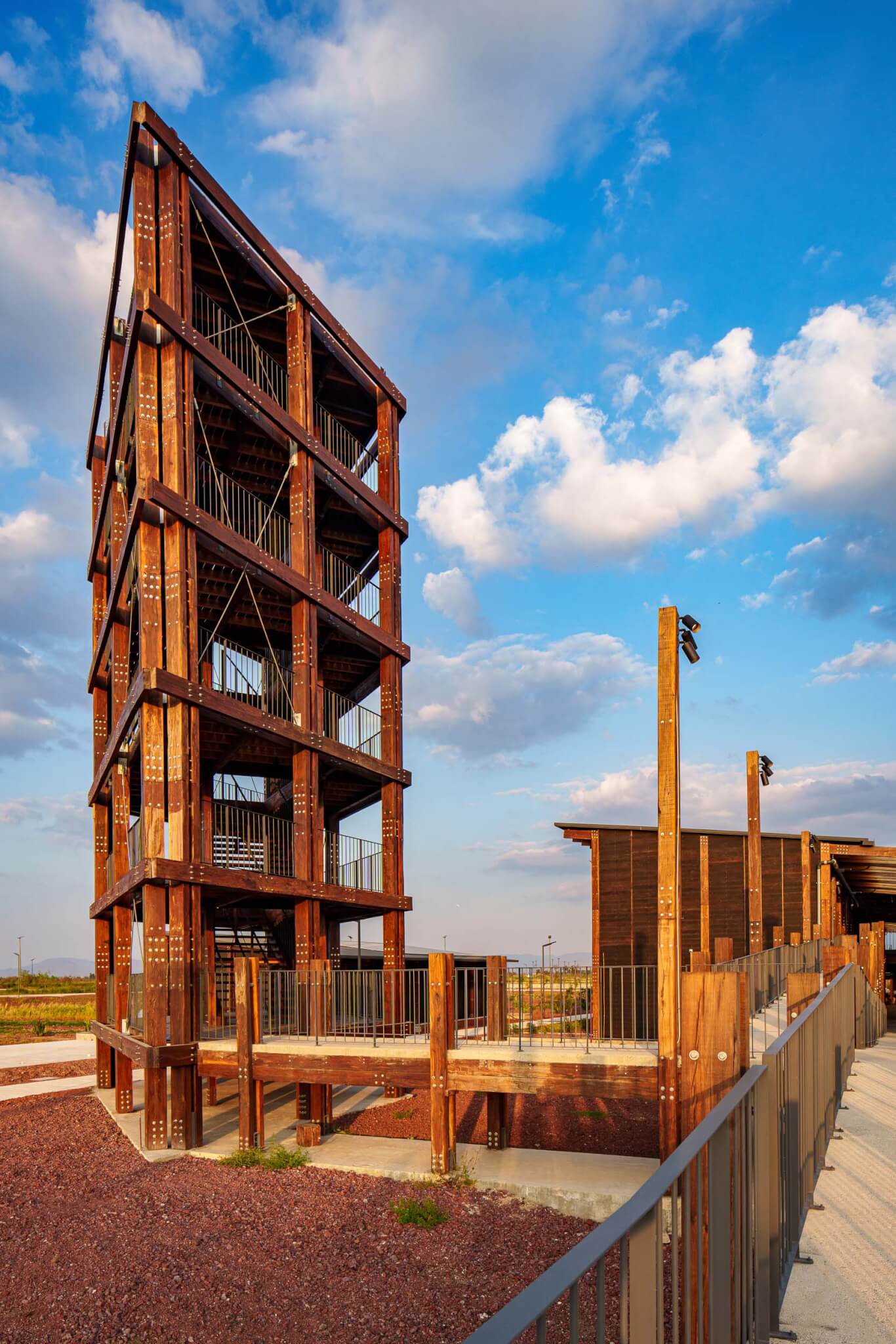
Lake Texcoco exemplifies a pathbreaking hydrological solution to stormwater management in Mexico City—and potentially many other places. But serious flood mitigation issues remain in the federal district. Some of the most densely populated neighborhoods like Chalco, Chimalhuacan, and Nezahualcóyotl are prone to flash floods. In the past, planners contemplated reflooding Chalco, systematically displacing people from one of poorest areas of the city. Lake Texcoco, however, offers the beginnings of an alternate model. Instead of rapidly pushing water out through storm drains, creating inevitable bottlenecks—or adopting absolutist solutions like replacing entire neighborhoods with lakes—Echeverria and other officials are actively discussing the strategic reintegration of rivers and wetlands into the urban landscape at a meaningful scale to prevent regular natural disasters.
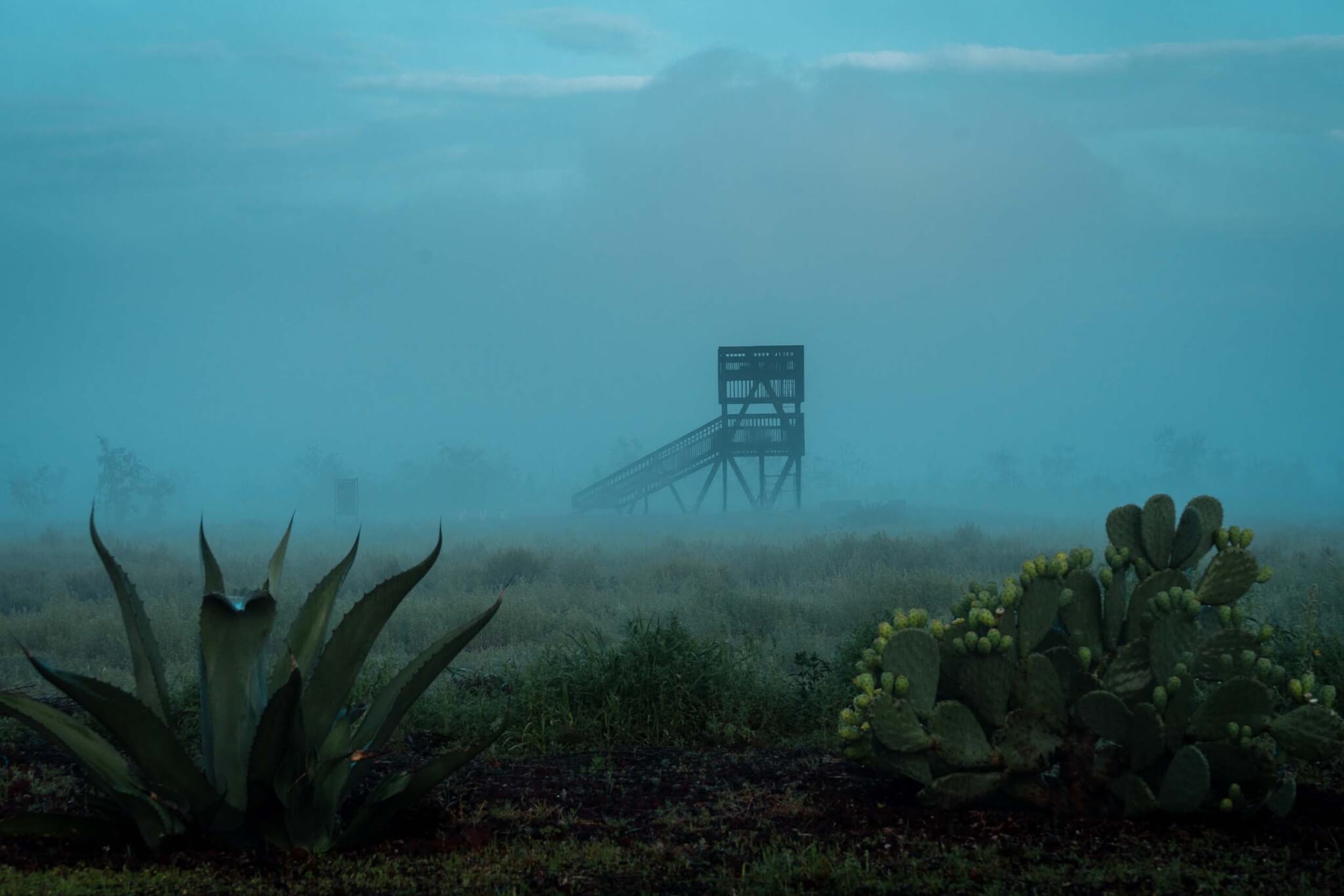
“We’ve entered this mindset of thinking of water in a very binary way,” Echeverria said, showing me the parched land on the opposite side of the park’s exit ramp. “Is there danger or no danger? We try to work with grace and gradients. Instead of just keeping the water going out, we’re trying to bring water in. How risky is it really to have some lagoons?”
Stephen Zacks is an advocacy journalist, architecture critic, urbanist, and project organizer based in Mexico City.
→ Continue reading at The Architect's Newspaper
